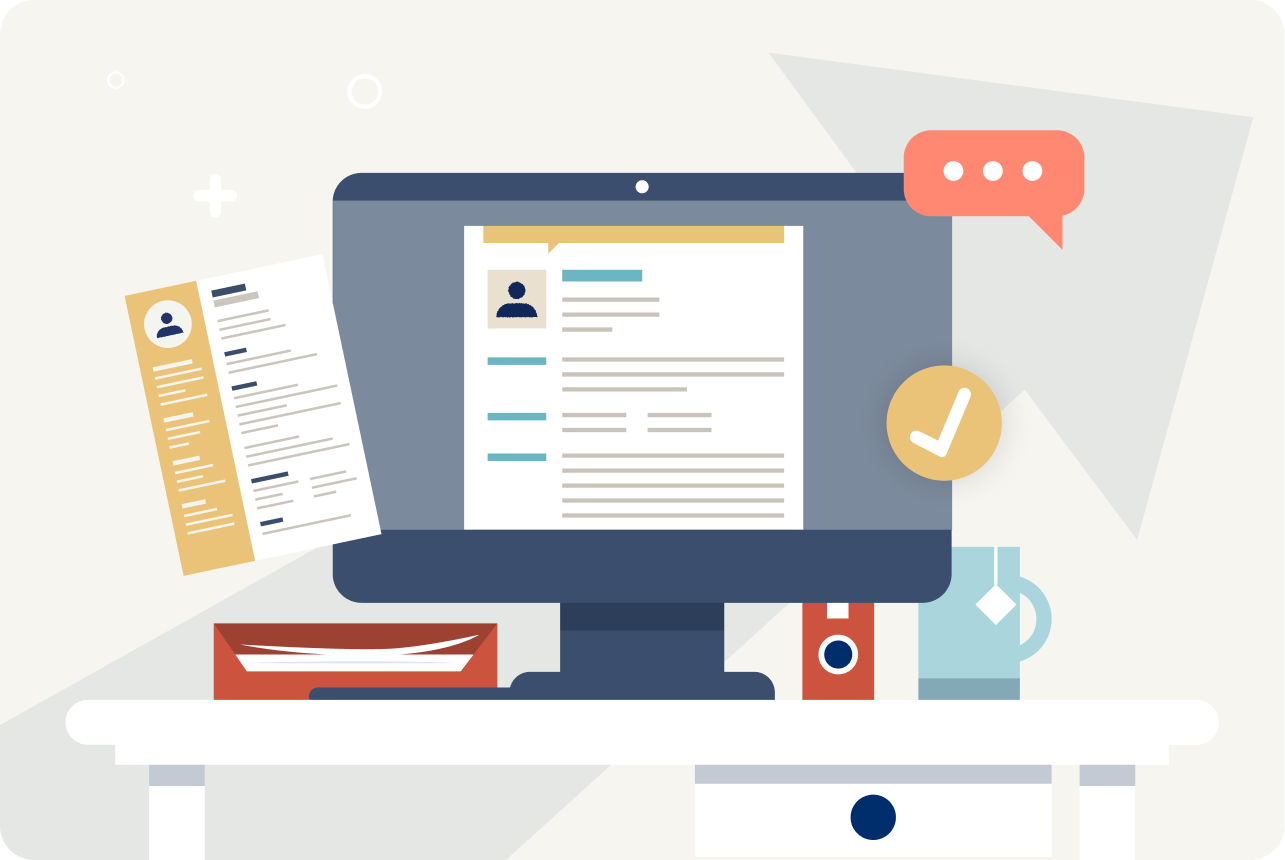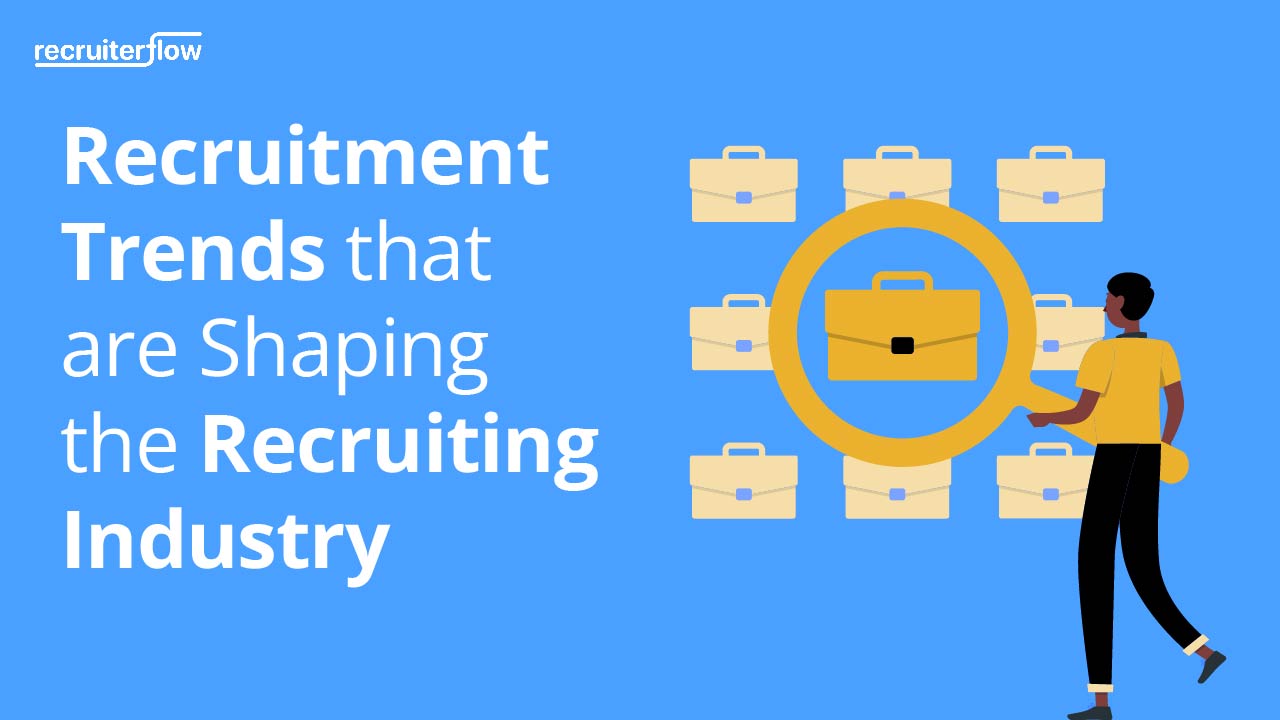Remember when applying for jobs felt like sending your resume into a black hole? Well, with the rise of AI in hiring, it might feel a bit like that again, but with a super-smart robot doing the sifting. If you're like 89% of US workers concerned about AI's impact on job loss (Resume Now, 2025), you're not alone. The job market is changing fast, and AI and automation are among the top three trends shaping it.
But here’s the good news: understanding how AI works in recruitment isn’t about beating the system; it’s about playing smarter. Let’s dive into how AI and Applicant Tracking Systems (ATS) are transforming the resume game and, more importantly, how you can craft a resume that shines for both the bots and the humans.
The AI Revolution in Hiring: What's Really Happening?
It’s no secret that companies are looking for efficiency. That’s where AI steps in. Imagine a recruiter having to manually go through hundreds, even thousands, of resumes for a single opening. It's a daunting task. So, they turn to Applicant Tracking Systems, which have been around for a while, but now they're supercharged with AI.
The numbers speak for themselves: a staggering 65% of employers are expected to use AI to reject candidates this year alone (Forbes, 2024). This isn't to scare you, but to highlight that AI recruiting tools are automating tasks like initial resume screening and scheduling, fundamentally changing the first gate your application passes through.

Demystifying the Process: How AI & ATS Screen Your Resume
At its core, an ATS is designed to filter and rank resumes. Think of it as a highly efficient librarian for job applications. When AI is added to the mix, this "librarian" becomes even more sophisticated. It's not just looking for exact keyword matches anymore; it's understanding context, identifying skills, and even predicting fit based on patterns.
As experts at MyPerfectResume put it, "Most companies use applicant tracking systems (ATS) to filter and rank resumes by keywords." But with AI, this goes deeper. AI will analyze:
- Keywords: Does your resume contain the specific terms and phrases from the job description?
- Formatting: Is your resume clean, readable, and free of complex graphics that might confuse the system?
- Skills: Does it detect the required hard and soft skills?
- Experience & Achievements: Can it quickly identify quantifiable results and relevant work history?
This means your resume needs to be clear, concise, and structured in a way that both AI and human eyes can easily digest.
Your AI-Proof Resume Checklist: What Really Works
So, how do you make sure your resume passes the initial AI gate and then impresses the human recruiter? It’s all about strategy and precision.
1. Keywords are Still King (But Smarter!)
Don't just stuff keywords; integrate them naturally. Read the job description carefully and identify key skills, responsibilities, and industry terms. Use these exact phrases where appropriate. For example, if the job description mentions "customer relationship management (CRM)," use that exact phrase rather than just "customer relations."
2. Optimize Your Formatting for Readability
While fancy designs might look great to you, many ATS can struggle to parse complex layouts, unusual fonts, or graphics. Stick to a clean, simple, and professional format. Use standard headings (e.g., "Experience," "Education," "Skills") that ATS can easily recognize. Livesume's Resume Builder is designed with ATS compatibility in mind, so you don't have to worry about these technicalities.
3. Quantify Your Achievements (Show, Don't Just Tell)
This is where "real-world impact" comes into play (TealHQ, 2025). Instead of saying "Managed social media," say "Grew social media engagement by 40% over 6 months, leading to a 15% increase in website traffic." Numbers are universally understood by both AI and humans and clearly demonstrate your value.

4. Spotlight Your Skills
Create a dedicated "Skills" section that clearly lists your relevant hard and soft skills. Be specific. Instead of "Marketing," list "Digital Marketing, SEO, Content Strategy, Social Media Management." AI is getting better at matching these to job requirements.
5. Proofread Like Your Job Depends On It (Because it Might!)
Typos and grammatical errors are instant red flags, not just for humans, but for AI too. An ATS might struggle to match a misspelled keyword, or an AI system could flag inconsistencies. Always, always proofread your resume meticulously.
Leveraging AI Tools Responsibly: Your Co-Pilot, Not Your Pilot
The good news is that you don't have to fight AI with your bare hands. You can use it to your advantage! "AI-generated resumes are speeding up the job hunt," notes ResumeGenius (2024), and tools like AI Resume Builders and resume parsers are becoming increasingly popular.
Think of AI as your co-pilot. It can help you:
- Brainstorm keywords: Paste a job description into an AI tool and ask for key terms.
- Structure your content: Get suggestions for clear, ATS-friendly headings.
- Grammar and spell check: Catch errors you might miss.
- Tailor your resume: Quickly adapt your resume for different roles.
However, always remember to add your personal touch. AI should assist you in creating a strong foundation, but your unique experiences, voice, and quantifiable achievements are what truly make your resume stand out. Ethically, ensure transparency and review all AI-generated content to maintain authenticity.
Beyond the Bots: Impressing the Humans
While optimizing for AI is crucial, never forget that a human will ultimately make the hiring decision. AI streamlines the initial screening, but your goal is to get past the bots and into human hands. Once it's there, your resume needs to tell a compelling story.
This "hybrid approach" means that while AI automates initial stages, human oversight and the need for strong personal branding remain crucial. Your resume, supported by your online resume, digital portfolio, and personal website, should clearly articulate your unique value proposition. Strong communication skills, adaptability, and problem-solving abilities – those crucial human elements – will always resonate with a human recruiter.

Ready to Future-Proof Your Job Search?
The landscape of job applications is evolving, but with the right approach, you can navigate it successfully. By understanding how AI and ATS work and by strategically optimizing your resume, you're not just adapting; you're taking control of your job search in the AI era.
Don't let the bots intimidate you. Empower yourself with knowledge and the right tools.
Build Your AI-Proof Resume Today!
Ready to create a resume that stands out to both AI and human recruiters? Livesume's intuitive platform helps you craft professional, ATS-friendly resumes and build a powerful online presence.
Start Building Your Professional Resume